Quitting smoking has always been a big challenge for smokers in many countries, especially in Vietnam, where the rate of smoking remains high.
Quitting smoking has always been a big challenge for smokers in many countries, especially in Vietnam, where the rate of smoking remains high.
However, an effective smoking cessation model is gradually being formed, bringing positive results, not only in improving the health of participants but also raising public awareness of the harmful effects of tobacco.
 |
| Quitting smoking has always been a big challenge for smokers in many countries, especially in Vietnam, where the rate of smoking remains high. |
Over the years, Vietnam has implemented many smoking cessation programs through support models, from organizing training courses for health workers to building smoking cessation support groups in residential communities.
One of the notable successful models is the program "Smoking cessation at medical facilities" implemented at a number of large hospitals and commune and district health stations.
This model combines intensive counseling and medical treatment, providing participants with specific strategies to reduce and quit smoking.
This model not only includes providing medication to help quit smoking, but also includes counseling sessions, health monitoring, as well as experience sharing sessions from people who have successfully quit smoking.
A study on smoking cessation models at several medical facilities showed that after one year of implementation, the rate of participants successfully quitting smoking reached about 60%.
Program participants say having support from doctors and professionals throughout the detox process helps them stay motivated and reduces cravings.
This is further supported by health survey results. Participants in the smoking cessation model experienced significant improvements in health status, such as lower blood pressure, improved lung function, and reduced risk of cardiovascular disease and lung cancer. In particular, in the cessation groups, those who received medical support were more likely to quit smoking permanently than those who quit on their own.
In addition to health benefits, the smoking cessation model also creates positive impacts in the community. Building smoking cessation support groups in residential communities helps participants not feel alone in their journey to quit smoking. Group activities and communication programs create a strong motivational environment, helping participants maintain their determination.
In particular, this model not only supports smokers but also raises public awareness of the harmful effects of tobacco. Media campaigns and propaganda activities in schools, hospitals and public places have helped people better understand the dangers of tobacco, thereby reducing the rate of smoking in the community.
The community-based smoking cessation model has proven to be highly effective, not only helping to reduce smoking rates in the community but also bringing practical health benefits to participants.
With the development of technology, the application of solutions such as mobile applications to support smoking cessation or online counseling platforms will help expand this model, bringing smoking cessation closer to all those who need support.
Governments , health organizations and communities need to continue their efforts in raising awareness, providing support and building effective smoking cessation models, contributing to building a healthy and smoke-free society.
Binh Son District Medical Center, Quang Ngai Province was established and put into operation from January 1, 2018. This is the merger of two units: Binh Son General Hospital and Binh Son Preventive Medicine Center.
Binh Son Medical Center has basically established all departments and offices according to the model of District Medical Center, and built a team of leaders for departments and offices to initially meet the requirements of medical examination, treatment and disease prevention.
Regarding human resources, there are currently 183 medical staff, including 27 doctors (05 doctors with postgraduate degrees) working at the district level. Binh Son district currently has 22 communes/towns with 22 doctors working at the Health Stations, the village health team is distributed in 112/120 villages.
With the constant efforts, enthusiasm and not afraid of difficulties of the medical staff from district to commune and village health, great successes have been achieved.
The Binh Son District Health Sector has demonstrated determination and solidarity in carrying out the sector's political tasks and has achieved encouraging results in most professional fields, contributing to the local socio-economic development.
In 2019, receiving cooperation and support from Bach Mai Hospital on the program of managing chronic obstructive pulmonary disease and bronchial asthma at the grassroots health level, the Medical Center established a chronic obstructive pulmonary disease clinic with full human resources, equipment, and medicines to diagnose and treat the disease.
In 2020, Binh Son Medical Center was sponsored by the Tobacco Harm Prevention Fund to implement tobacco harm prevention activities at the unit.
Binh Son Medical Center has coordinated with agencies and units to propagate the harmful effects of smoking and passive smoking to patients; criteria for building smoke-free workplaces and medical facilities, and the benefits of a smoke-free environment to civil servants, public employees and workers at the Center.
In 2021, due to the impact of the Covid-19 epidemic, tobacco harm prevention activities have not been regularly implemented. By 2022, with funding from the Tobacco Harm Prevention Fund, the Center has promoted propaganda about the harmful effects of tobacco on mass media such as organizing communication about the harmful effects of smoking on health in hospital rooms, organizing training sessions to update knowledge about the Law on Tobacco Harm Prevention, and communication consulting skills for staff.
Hang banners and signs in the parking lot of agencies and units about the harmful effects of tobacco. Send specialized staff to attend training courses to update knowledge organized by the Tobacco Harm Prevention Fund. Effectively organize propaganda campaigns on the occasion of "World No Tobacco Day 31/5" and "National No Tobacco Week".
The representative of Binh Son District Medical Center also added that in 2020, the Center established a tobacco prevention steering committee, with the Center Director as the head of the Steering Committee and members as heads of departments/offices.
Deploy and sign a commitment to implement tobacco harm prevention activities between staff and heads of departments/offices/medical stations and heads of departments/offices/medical stations with the Center Director.
Regulations on penalties for smoking by medical staff in hospitals and medical stations have been included in the Center's working regulations.
Training sessions on tobacco harm prevention and smoking cessation counseling have been conducted for health workers every year. Health workers who are currently smoking are listed and sent from departments/offices/medical stations to receive counseling and support in smoking cessation.
During the examination and treatment of patients, if the clinical departments discover that the patient smokes, they will be notified to the collaborators of each department to provide a brief consultation to the patient. If the patient agrees to receive in-depth consultation, the collaborator will introduce and transfer the patient to the addiction counseling room. Here, the specialized counselor will create a medical record, advise, support, and monitor the patient.
The center replicated this model to 22 commune/town health stations. This ensures wide access to patients who want to quit smoking. All district health workers have been trained so they are all communication and counseling staff for patients.
Direct communication sessions for patients and their families in hospital rooms, leaflets are placed at book and newspaper stands or distributed directly to people.
The commune health station is a strong arm in communication activities such as writing articles to send to the commune radio station, integrating communication into local meetings and conferences, communicating about non-communicable diseases combined with tobacco as a risk factor...
Although the community-based smoking cessation model has achieved positive results, there are still some challenges that need to be addressed.
One of the major problems is the lack of resources and qualified medical staff to implement the program widely and effectively. Medical facilities need more training to be able to provide more specialized and effective addiction treatment services.
In addition, maintaining motivation for drug addicts is also a big challenge. Many people tend to relapse after quitting for a short time, due to lack of support and not being persistent enough.
Therefore, there is a need to improve and expand smoking cessation support services, such as mobile applications, support calls from experts, or online support groups to help participants maintain their determination during the quitting process.
Source: https://baodautu.vn/hieu-qua-tu-mo-hinh-cai-nghien-thuoc-la-tai-co-so-y-te-d231893.html


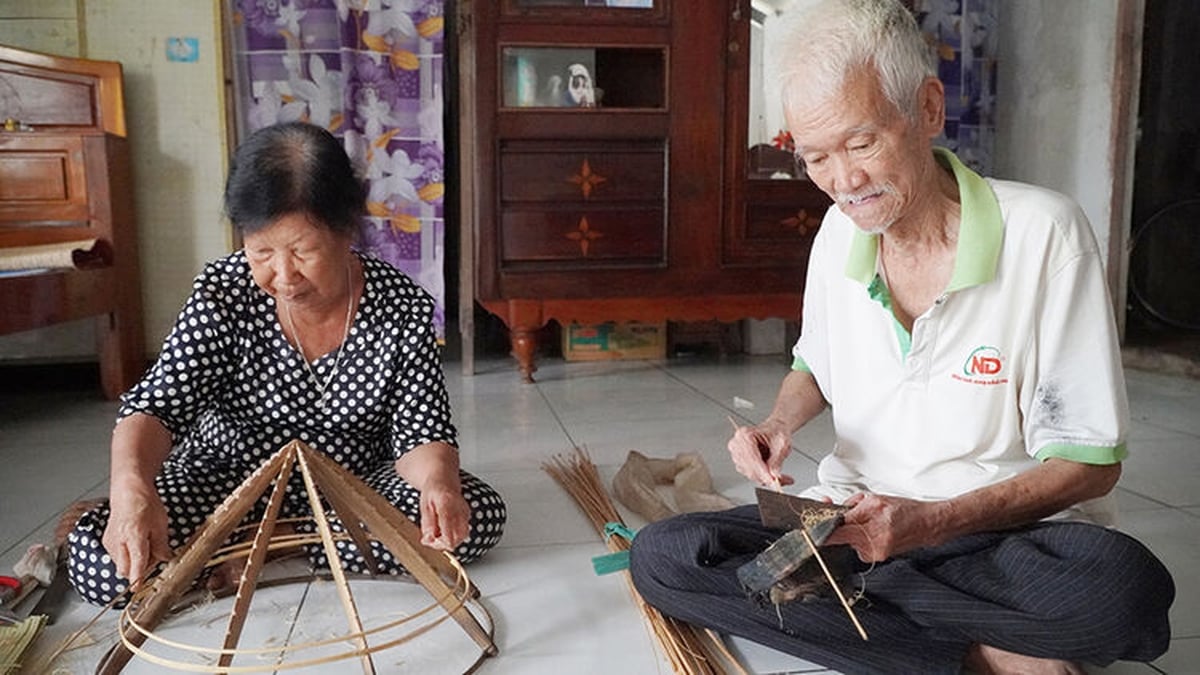
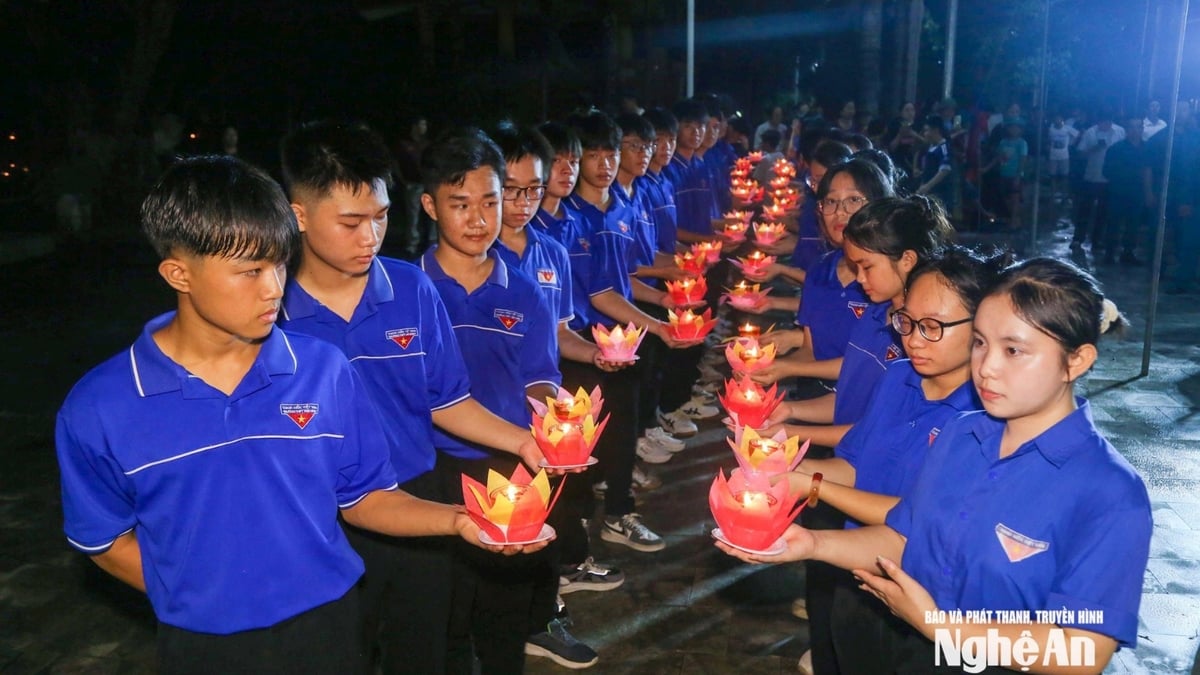
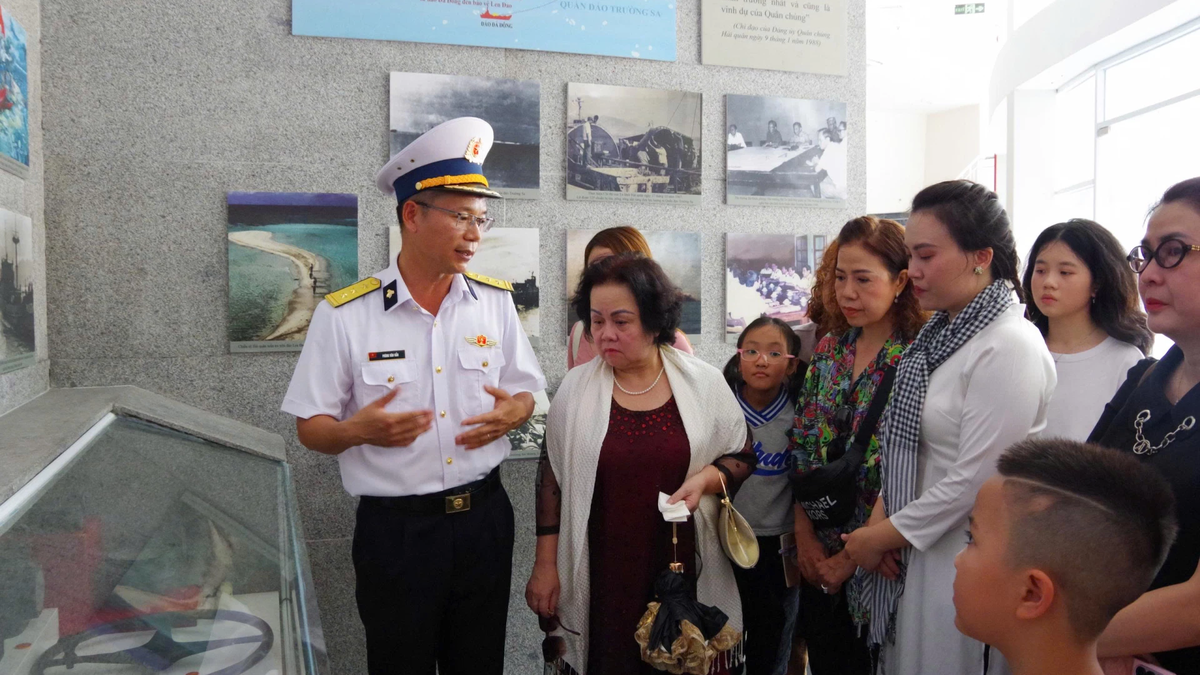
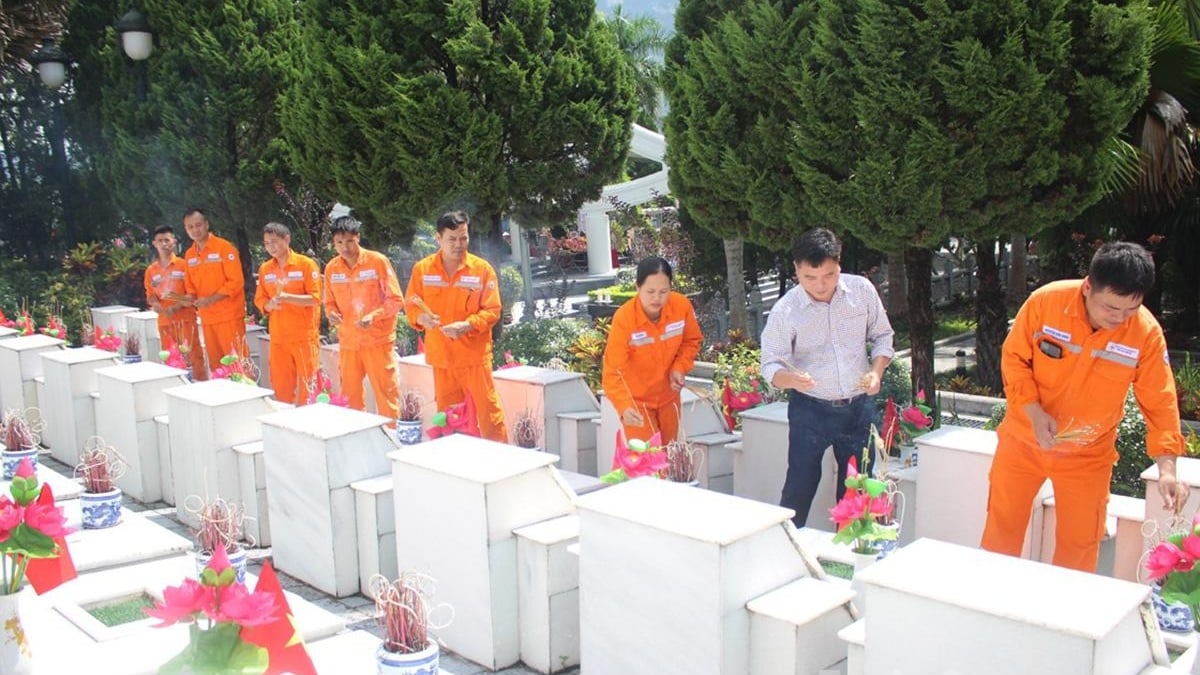
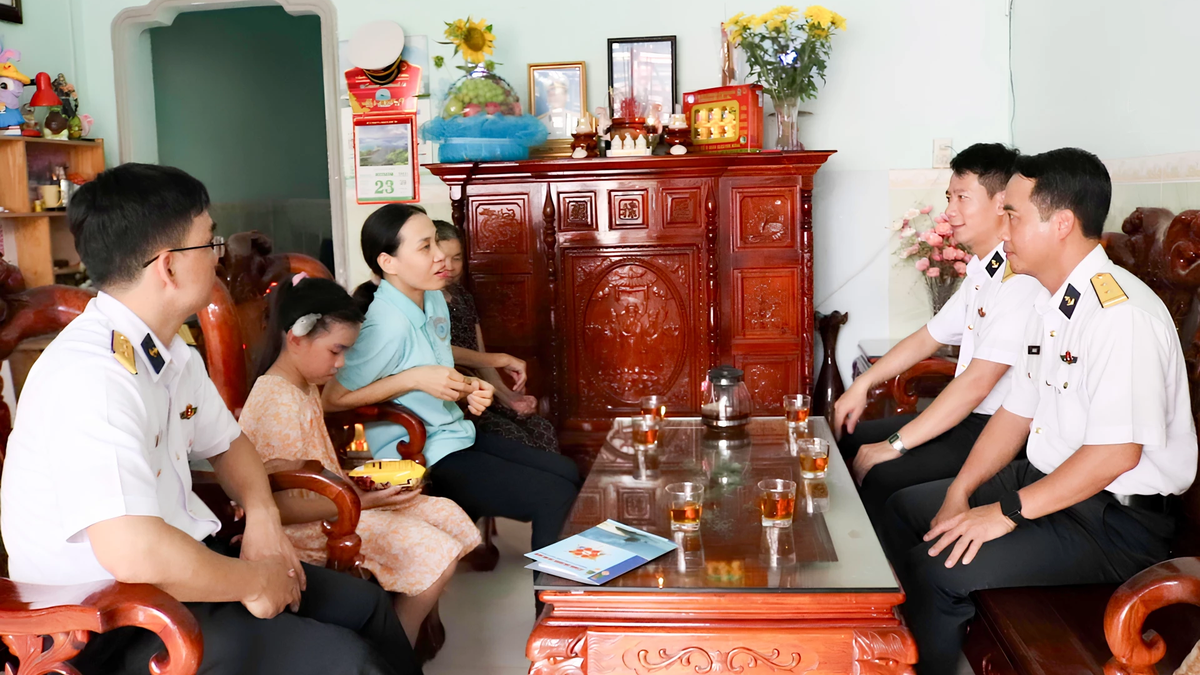
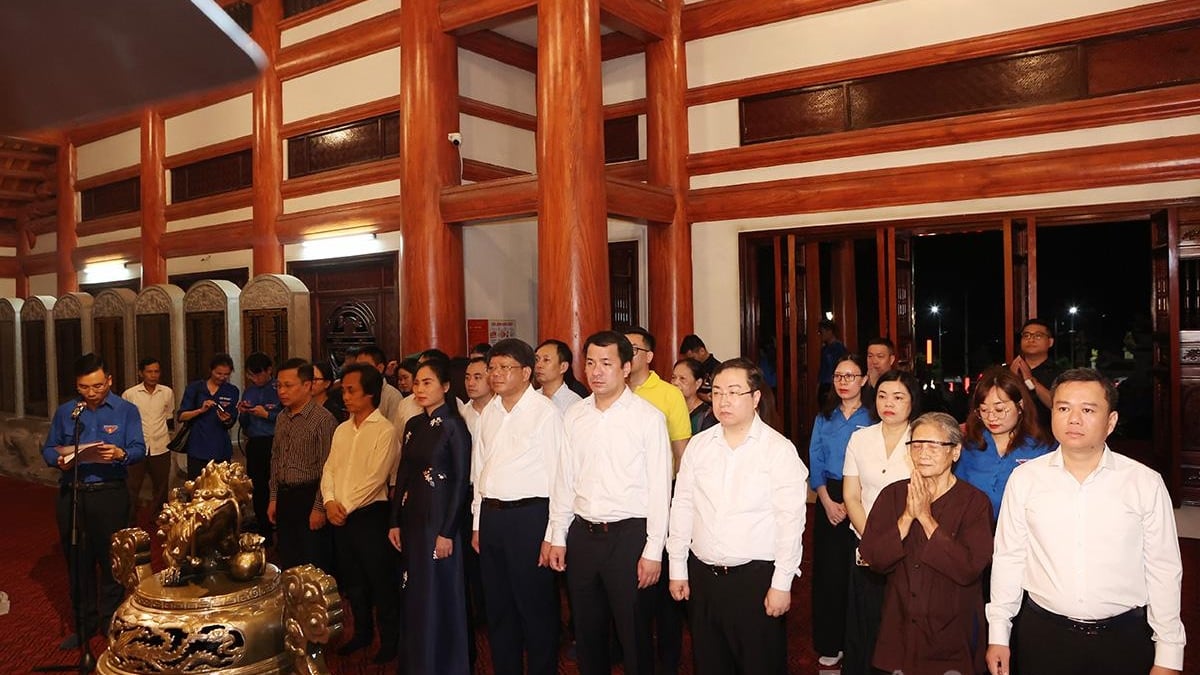


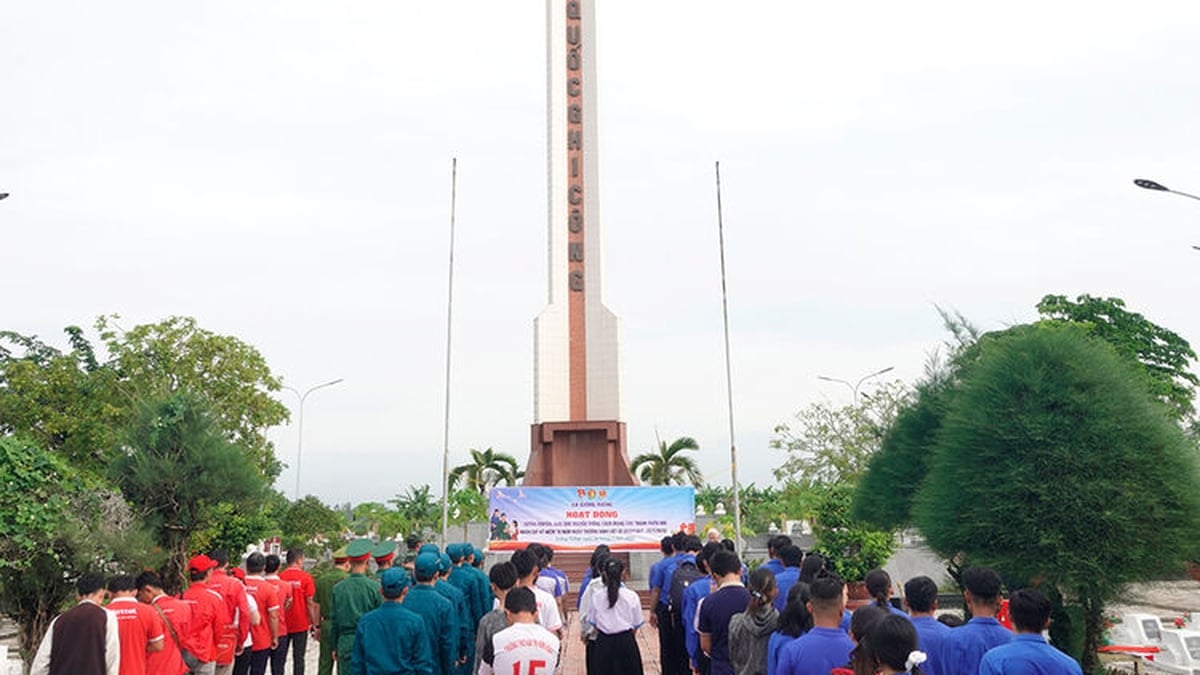




























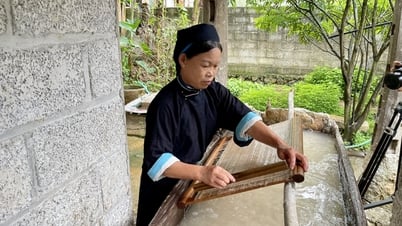





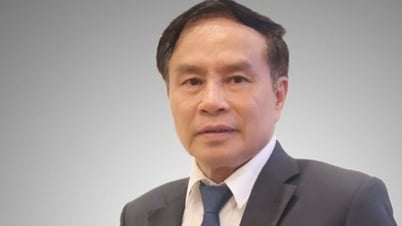







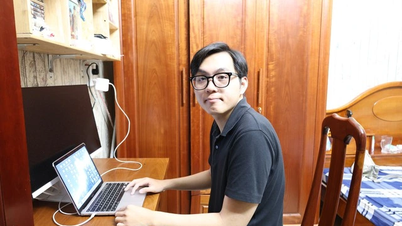











![[Photo] National Assembly Chairman Tran Thanh Man receives Chairman of Morocco-Vietnam Friendship Association](https://vphoto.vietnam.vn/thumb/402x226/vietnam/resource/IMAGE/2025/7/26/b5fb486562044db9a5e95efb6dc6a263)



































Comment (0)